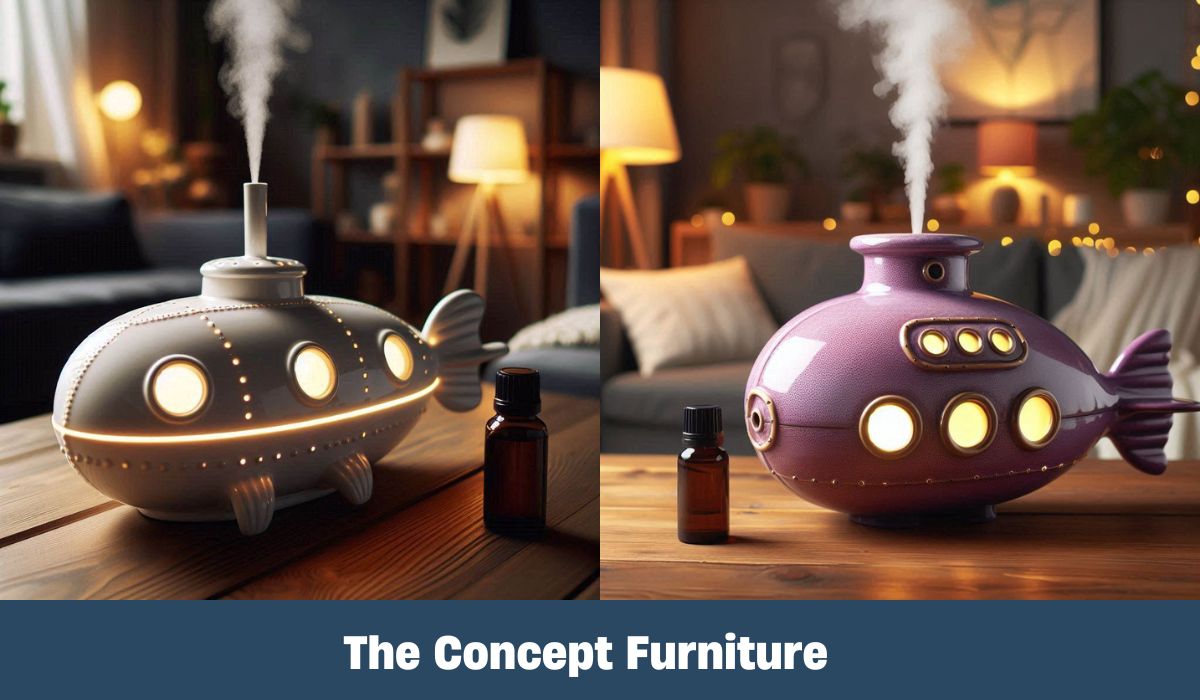Submarine diffusers are integral components in various aquatic systems, playing a significant role in enhancing water quality and facilitating efficient gas exchange. These devices are designed to diffuse gases, such as oxygen or air, into underwater environments, thereby promoting aerobic processes crucial for the health of aquatic ecosystems. In today’s world, where environmental sustainability is paramount, the importance of submarine diffusers cannot be overstated.
This article delves into the intricacies of submarine diffusers, exploring their definition, types, mechanisms, applications, design considerations, advantages, challenges, innovations, successful case studies, and future trends. By understanding the multifaceted nature of these devices, we can better appreciate their contributions to maintaining the delicate balance of aquatic life.
Introduction to Submarine Diffusers
To fully grasp the significance of submarine diffusers, it is essential first to establish what they are and their primary purpose within aquatic systems. As technology continues to advance, the use of submarine diffusers has evolved, influencing various sectors that rely on healthy water bodies for their operations.
Definition and Purpose
Submarine diffusers are systems deployed beneath the water’s surface to introduce gases into the water column. Their primary purpose is to enhance the concentration of dissolved oxygen in the water, thus supporting the respiration of aquatic organisms and promoting biological activity.
These devices come in various shapes and sizes, often tailored to meet specific requirements dictated by the environment in which they operate. While their main function revolves around aerating aquatic systems, submarine diffusers can also play roles in other processes, such as providing nutrients or aiding in the removal of pollutants.
Importance in Aquatic Systems
The presence of adequate dissolved oxygen levels is vital for the survival of fish, invertebrates, and other aquatic species. Submarine diffusers serve as a bridge between atmospheric oxygen and the underwater ecosystem, ensuring that these organisms have access to this essential element.
In addition to supporting aquatic life, submarine diffusers contribute to the overall health of water bodies by promoting the breakdown of organic matter and reducing the incidence of harmful anaerobic conditions. This makes them an invaluable tool for environmental management, especially in areas facing pollution or degradation.
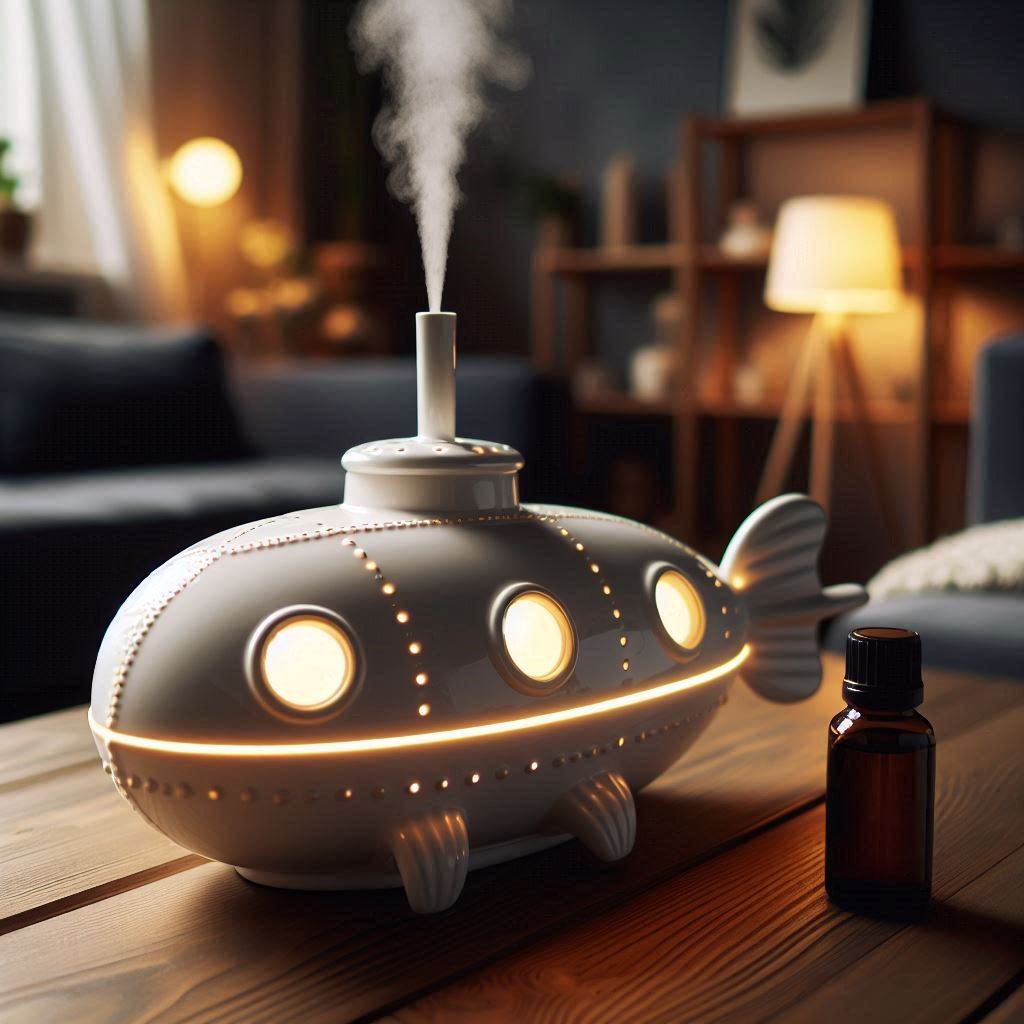
Types of Submarine Diffusers
Submarine diffusers come in various designs tailored to specific applications and operational needs. Understanding the different types available allows for informed decisions regarding their implementation.
Air Diffusers
Submarine Diffusers are designed to introduce air into the water, significantly increasing the dissolved oxygen levels. These diffusers typically consist of porous membranes or plates that break down air into fine bubbles upon release.
The effectiveness of Submarine Diffusers lies in their ability to create small bubbles, which provide a larger surface area for oxygen transfer compared to larger bubbles. Additionally, these diffusers can be strategically placed to optimize airflow and achieve desired oxygenation levels throughout the water body.
Water Diffusers
Water Submarine Diffusers operate on a different principle, using pressurized water to inject nutrients or chemicals into aquatic systems. These diffusers are particularly useful in aquaculture and wastewater treatment, helping to distribute essential elements evenly throughout a designated area.
One of the key advantages of water diffusers is their versatility. They can be utilized not only for aeration but also for delivering treatment solutions or enhancing nutrient distribution, making them valuable assets in various aquatic applications.
Combination Diffusers
Combination Submarine Diffusers leverage the benefits of both air and water diffusion techniques. By integrating both functionalities, these systems can provide enhanced oxygenation while simultaneously distributing nutrients or treatments throughout the aquatic environment.
The adaptability of combination Submarine Diffusers makes them ideal for complex situations where multiple factors need to be managed simultaneously, such as in urban wastewater facilities or integrated aquaculture systems. This innovative approach can lead to improved efficiency and efficacy in achieving desired water quality outcomes.
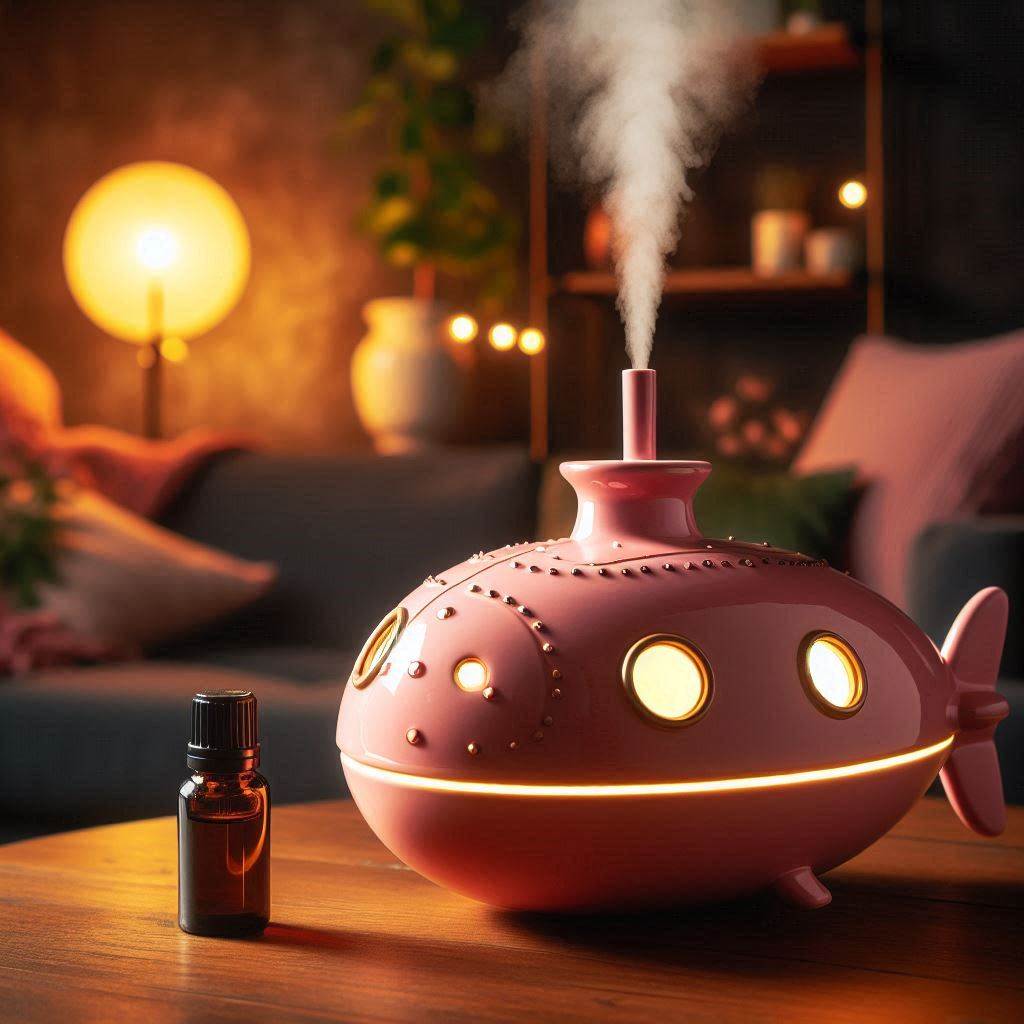
How Submarine Diffusers Work
Understanding how submarine diffusers operate requires a closer look at the underlying mechanisms involved in gas transfer and fluid dynamics. These principles are critical to their effectiveness in aquatic systems.
Mechanisms of Gas Transfer
The process of gas transfer primarily involves the movement of oxygen from the air or water into the surrounding aquatic environment. This happens through two key mechanisms: diffusion and convection.
Diffusion refers to the natural movement of molecules from areas of higher concentration to lower concentration. When air bubbles generated by submarine diffusers rise through the water column, oxygen molecules disperse into the surrounding water as the concentration gradient shifts.
Convection, on the other hand, is driven by water movement. As bubbles rise, they cause localized disturbances in the water, creating currents that facilitate additional mixing and further promote gas exchange. Together, these mechanisms ensure a more efficient transfer of oxygen into the aquatic system.
Fluid Dynamics Involved
Fluid dynamics plays a crucial role in determining the effectiveness of submarine diffuser. The behavior of water in relation to the diffused gas—specifically how water flows around the bubbles—impacts the rate of oxygen transfer.
Factors such as bubble size, shape, and distribution all influence the overall performance of submarine diffusers. For instance, smaller bubbles tend to rise more slowly, allowing for longer contact time with water and resulting in increased oxygen absorption.
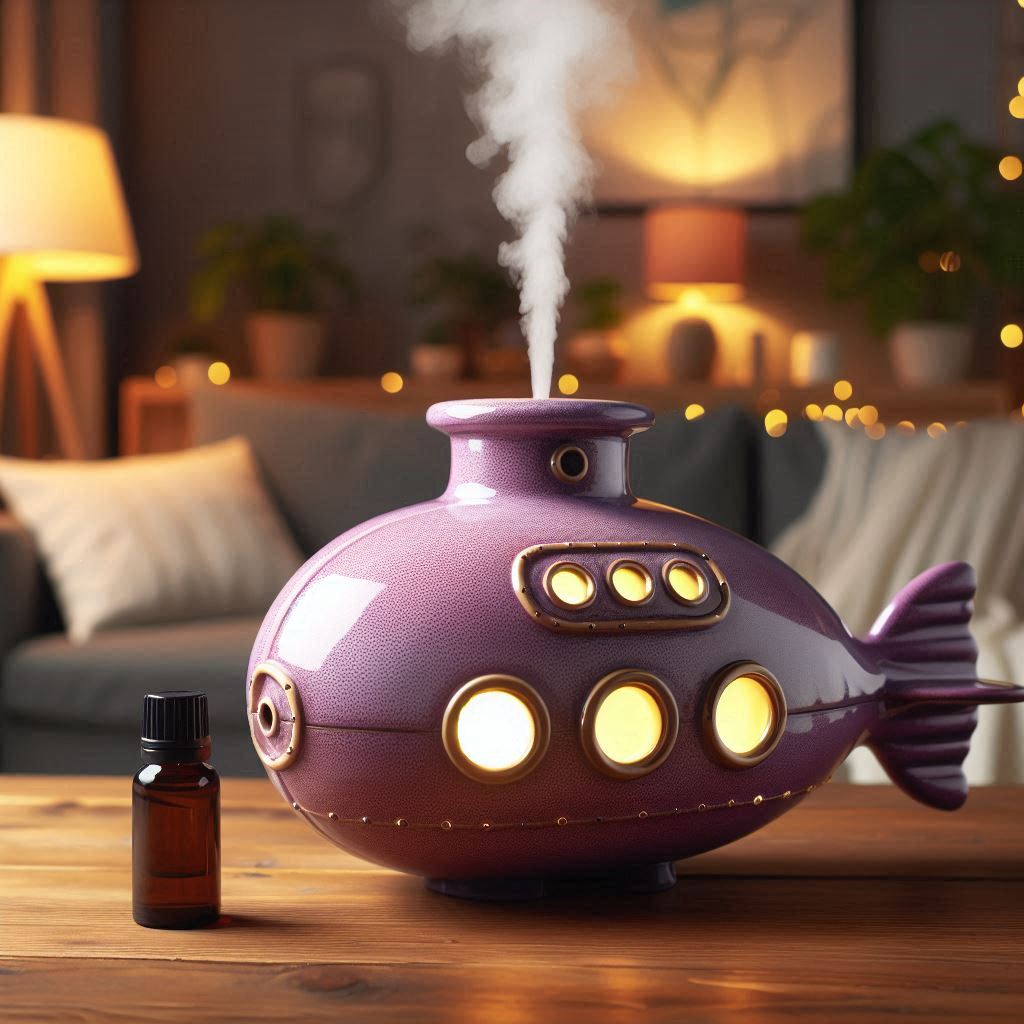
Moreover, understanding the hydrodynamics of a particular water body is essential when designing and positioning diffusers. Variations in current patterns, temperature stratification, and other environmental factors must be considered to maximize the benefits provided by these systems.
Applications of Submarine Diffusers
The diverse applications of submarine diffuser highlight their importance across several industries and environmental initiatives. From wastewater treatment to aquaculture, these systems are versatile tools that serve various purposes.
Wastewater Treatment
In wastewater treatment, submarine diffusers play a vital role in enhancing the microbial activity necessary for breaking down organic material. By improving dissolved oxygen levels, these diffusers facilitate aerobic digestion, leading to cleaner effluent being discharged into receiving waters.
They can be strategically placed within treatment tanks or even directly within natural water bodies to enhance treatment processes. Consequently, the introduction of submarine diffusers in wastewater facilities leads to improved treatment efficiency and reduced operational costs.
Aquaculture Operations
Aquaculture relies heavily on maintaining optimal conditions for fish and other aquatic organisms. Submarine diffusers are employed to ensure sufficient oxygen levels, particularly in high-density farming systems where demand exceeds natural supply.
By using submarine diffuser, aquaculture operators can create controlled environments that support healthy growth rates and reduce stress among aquatic species. This results in improved yields and contributes to the sustainability of the aquaculture sector.

Environmental Restoration Projects
Environmental restoration projects benefit significantly from the deployment of submarine diffusers. Whether aimed at rehabilitating degraded ecosystems or enhancing natural habitats, these systems help restore balance by improving water quality and promoting the growth of aquatic vegetation.
Submarine diffusers are particularly effective in estuarine and coastal projects, where they can address issues related to nutrient overloading and hypoxia. By reintroducing oxygen and nutrients into these environments, diffusers support biodiversity and foster the recovery of vital ecosystems.
Design Considerations for Submarine Diffusers
The design of submarine diffuser is critical to their success in meeting operational objectives. Several factors must be taken into account during the planning and implementation stages.
Sizing and Capacity
Determining the appropriate sizing and capacity of submarine diffusers is essential for achieving desired outcomes. Factors such as the volume of water, existing oxygen levels, and target concentrations must be assessed to ensure optimal performance.
Inadequately sized diffusers may fail to deliver the necessary oxygen levels, while oversized units can result in inefficiencies and unnecessary energy consumption. Proper calculations and simulations can guide engineers in selecting the right diffuser specifications for each unique application.
Material Selection
The materials used in constructing submarine diffusers also impact their functionality and longevity. Considerations include resistance to corrosion, biofouling, and mechanical wear due to water flow.
Choosing durable materials will not only extend the lifespan of the diffusers but also minimize maintenance requirements. For instance, certain plastics or coatings may be employed to provide protection against marine growth, significantly reducing downtime and associated costs.
Placement Strategies
Strategically placing submarine diffusers is crucial to maximizing their effectiveness. Several factors must be weighed, including water depth, current patterns, and proximity to target areas.
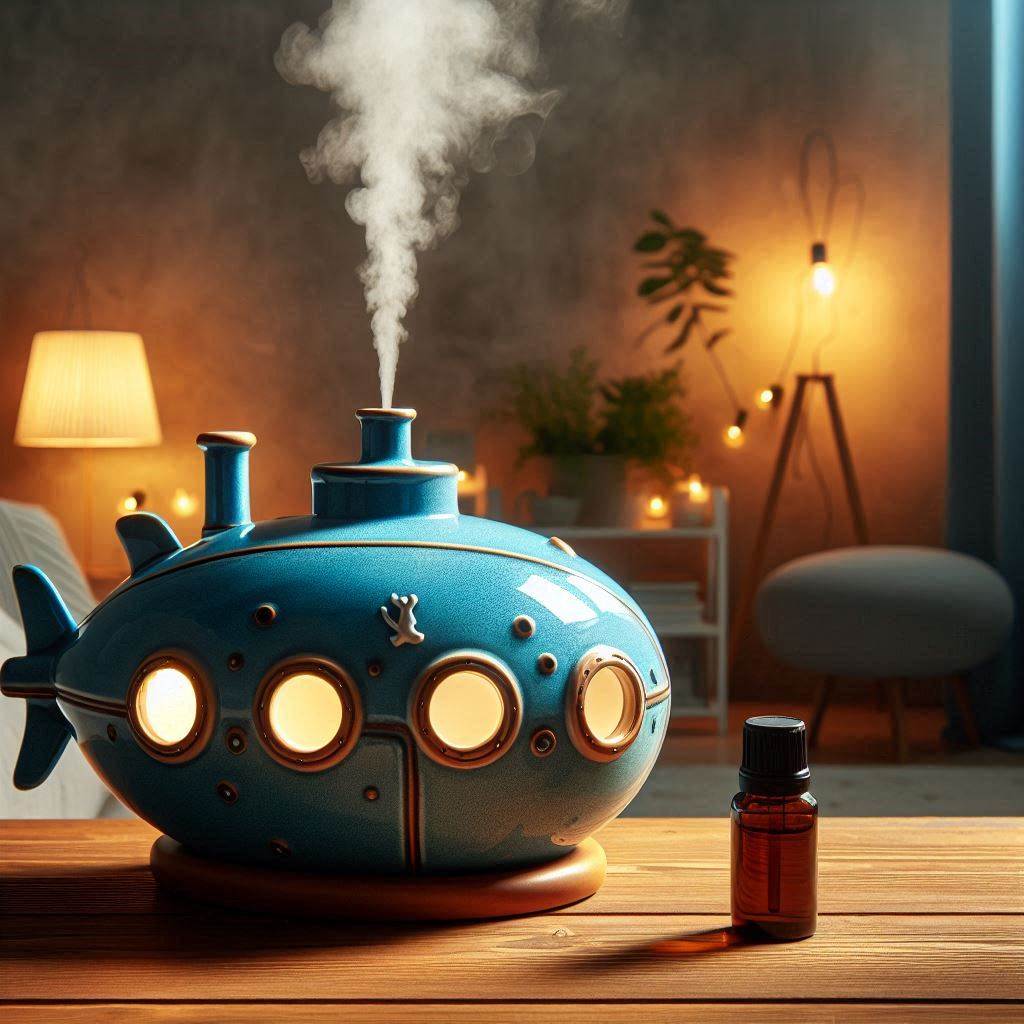
Effective placement ensures that the diffused gas reaches intended locations without significant losses due to turbulence or dissipation. Conducting detailed assessments of the aquatic environment is vital to inform placement decisions and optimize diffuser performance.
Advantages of Using Submarine Diffusers
Submarine diffuser offer numerous advantages that make them a preferred choice for various applications in aquatic systems. Their benefits extend beyond mere oxygenation, impacting overall water quality and operational efficiency.
Enhanced Oxygen Transfer Efficiency
One of the most significant advantages of submarine diffusers is their ability to achieve high oxygen transfer efficiency. Through advanced design and strategic placement, these systems can significantly increase the amount of dissolved oxygen in the water.
Higher oxygen levels translate into healthier aquatic ecosystems, benefiting fish populations, plant life, and overall biodiversity. This efficiency is particularly crucial in scenarios where rapid oxygen replenishment is needed, such as after pollutant discharges or during algal blooms.
Improved Water Quality
Submarine diffusers contribute to improved water quality by promoting aerobic conditions and facilitating the breakdown of organic matter. The introduction of oxygen supports beneficial microbial communities that play a pivotal role in detoxifying pollutants and recycling nutrients.
As a result, water treated with submarine diffusers often exhibits reduced levels of harmful substances, such as ammonia and nitrates, making it safer for aquatic life and human use. This improvement is essential for recreational areas, fisheries, and ecosystems under pressure from anthropogenic activities.
Cost-Efficiency in Operations
While the initial investment in submarine diffuser may seem substantial, their long-term cost-efficiency far outweighs these concerns. Enhanced oxygenation leads to faster treatment processes, reduced energy consumption, and improved productivity in aquaculture practices.
Moreover, by mitigating pollution-related issues and promoting ecological recovery, submarine diffusers can ultimately save industries and municipalities money in terms of regulatory compliance and ecosystem service preservation.
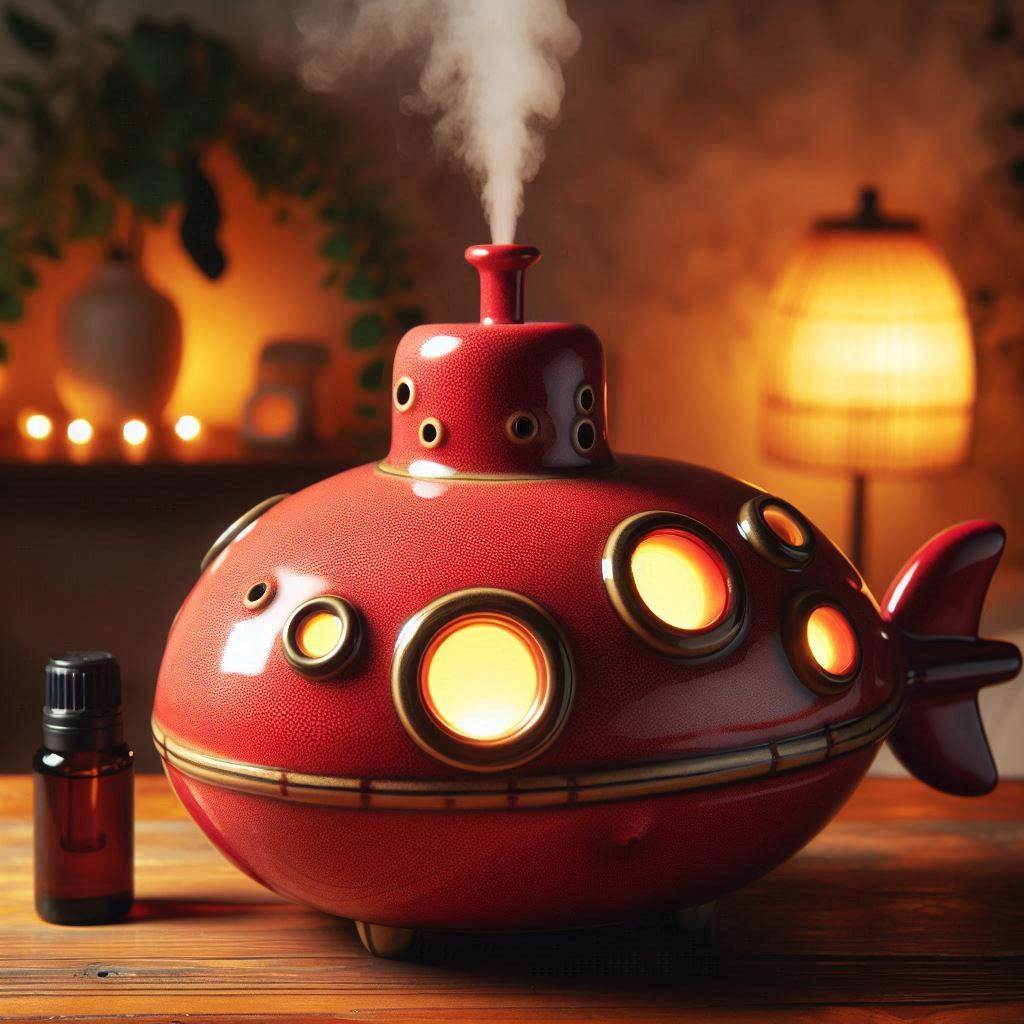
Challenges and Limitations
Despite their numerous advantages, submarine diffusers face several challenges and limitations that must be addressed to optimize their effectiveness and minimize potential drawbacks.
Maintenance Requirements
Submarine diffusers require ongoing maintenance to ensure optimal performance. Over time, factors such as biofouling, sediment accumulation, and wear can impair their functionality, necessitating regular inspections and cleanings.
Effective maintenance protocols should be established and adhered to, taking into account the specific environmental conditions in which the diffusers operate. Failure to maintain diffusers adequately can lead to decreased efficiency and increased operational costs.
Environmental Impact Concerns
The deployment of submarine diffusers raises important environmental considerations, particularly regarding their potential impacts on local ecosystems. The introduction of foreign materials or changes in water chemistry can affect native species and habitat structures.
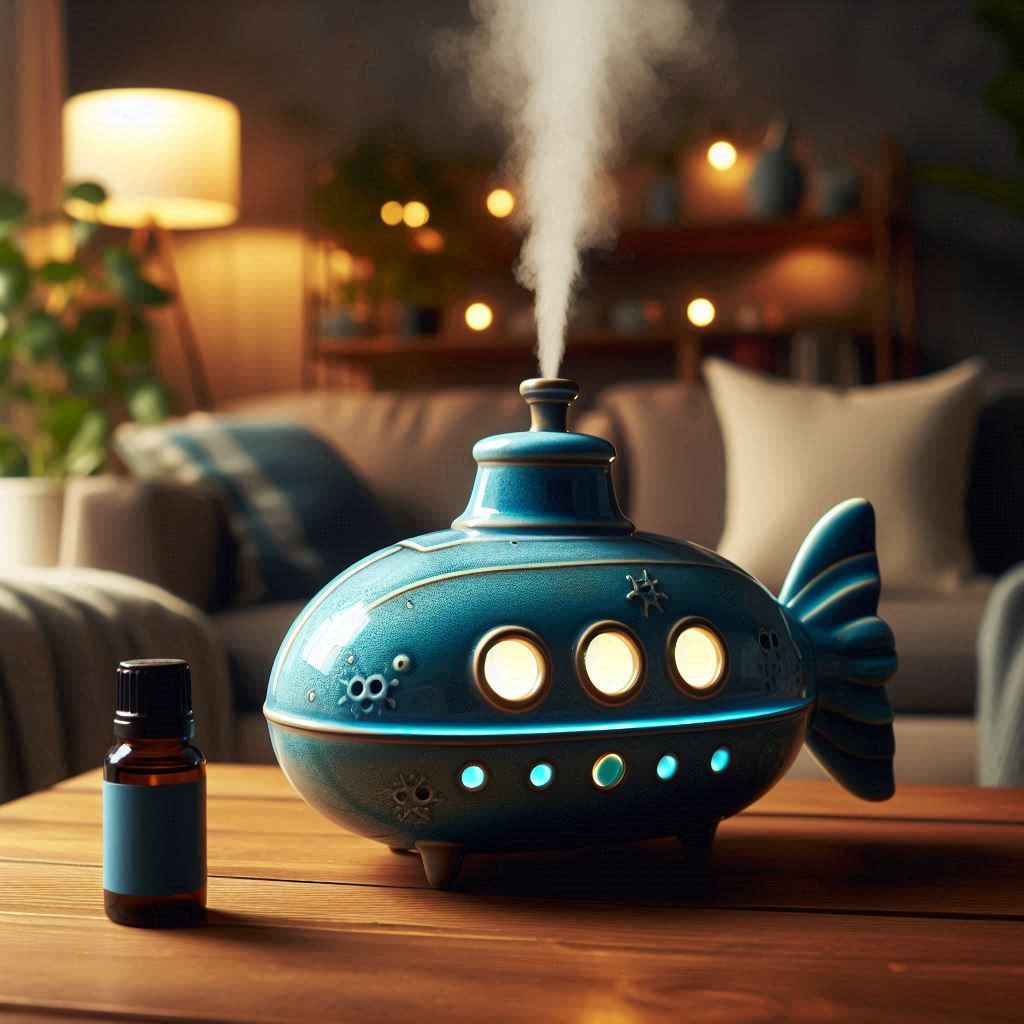
Before deploying submarine diffusers, thorough environmental assessments should be conducted to understand the potential consequences of their use. Mitigation strategies and adaptive management plans can help address any negative implications and ensure the overall health of the ecosystem is prioritized.
Innovations in Submarine Diffuser Technology
As environmental challenges evolve, so too does the technology associated with submarine diffusers. Innovations in this field continue to improve their effectiveness, sustainability, and integration into aquatic environments.
Smart Diffuser Systems
Emerging technologies are paving the way for smart diffuser systems equipped with sensors and monitoring capabilities Submarine Diffusers. These systems can dynamically adjust gas output based on real-time water quality data, optimizing performance according to changing conditions.
Smart Submarine Diffuser can enhance the efficiency of oxygen transfer while minimizing energy usage and operational costs. Such innovations represent a significant step forward in managing aquatic systems more responsively and effectively.
Eco-Friendly Materials
As environmental consciousness grows, the development of eco-friendly materials for constructing submarine diffusers is gaining traction. Biodegradable or recyclable materials can reduce the ecological footprint of these systems while maintaining performance standards.
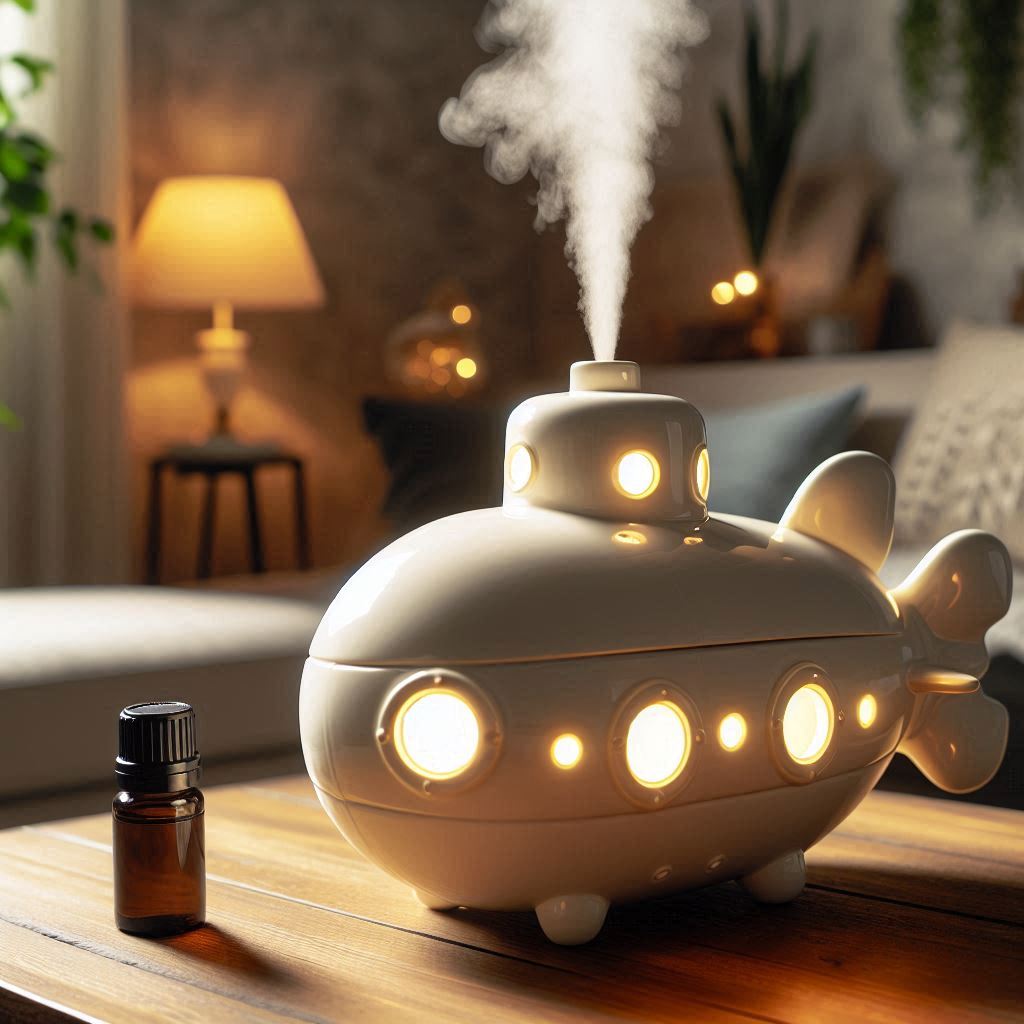
By utilizing sustainable materials, manufacturers can contribute to the preservation of aquatic ecosystems and minimize risks associated with plastic pollution and degradation. This shift aligns with broader global efforts toward sustainability.
Enhanced Performance Features
Innovative designs are constantly being explored to improve the performance characteristics of submarine diffusers. Features such as adjustable or modular designs allow for greater flexibility in deployment and optimization.
These enhancements can result in improved oxygen transfer rates, reduced energy consumption, and extended service lifetimes. Continuous research in this area promises to yield even more efficient and effective submarine diffusers in the future.
Case Studies of Successful Implementation
Real-world examples of submarine diffuser implementation underscore their effectiveness and potential for positive environmental impact. Several case studies highlight successful applications in various contexts, demonstrating the versatility of these systems.
Urban Wastewater Facilities
Numerous urban wastewater treatment plants have successfully integrated submarine diffuser into their operations. One notable example comes from a facility that experienced challenges with inadequate oxygen levels and poor effluent quality.

By deploying submarine diffusers, the facility was able to significantly increase dissolved oxygen concentrations, leading to enhanced microbial activity and improved treatment efficiency. This transformation resulted in cleaner discharges and compliance with environmental regulations.
Coastal Ecosystem Restoration
Submarine diffusers have played a critical role in coastal ecosystem restoration projects aimed at rehabilitating damaged habitats. In one case, diffusers were installed to address hypoxic conditions affecting a sensitive estuarine environment.
Through the introduction of oxygen and nutrient-rich water, the project stimulated biological activity and facilitated the recovery of degraded habitats. The success of this intervention serves as a testament to the potential of submarine diffuser in restoring ecological balance.
Future Trends in Submarine Diffuser Usage
Looking ahead, the potential for submarine diffusers to play an increasingly prominent role in aquatic management is apparent. As research and technology continue to advance, new opportunities and markets are likely to emerge.
Emerging Research Areas
New research areas focused on submarine diffusers promise to uncover novel applications and improvements. Studies investigating the interactions between diffusers and aquatic organisms could lead to insights about optimizing diffuser design for specific species.
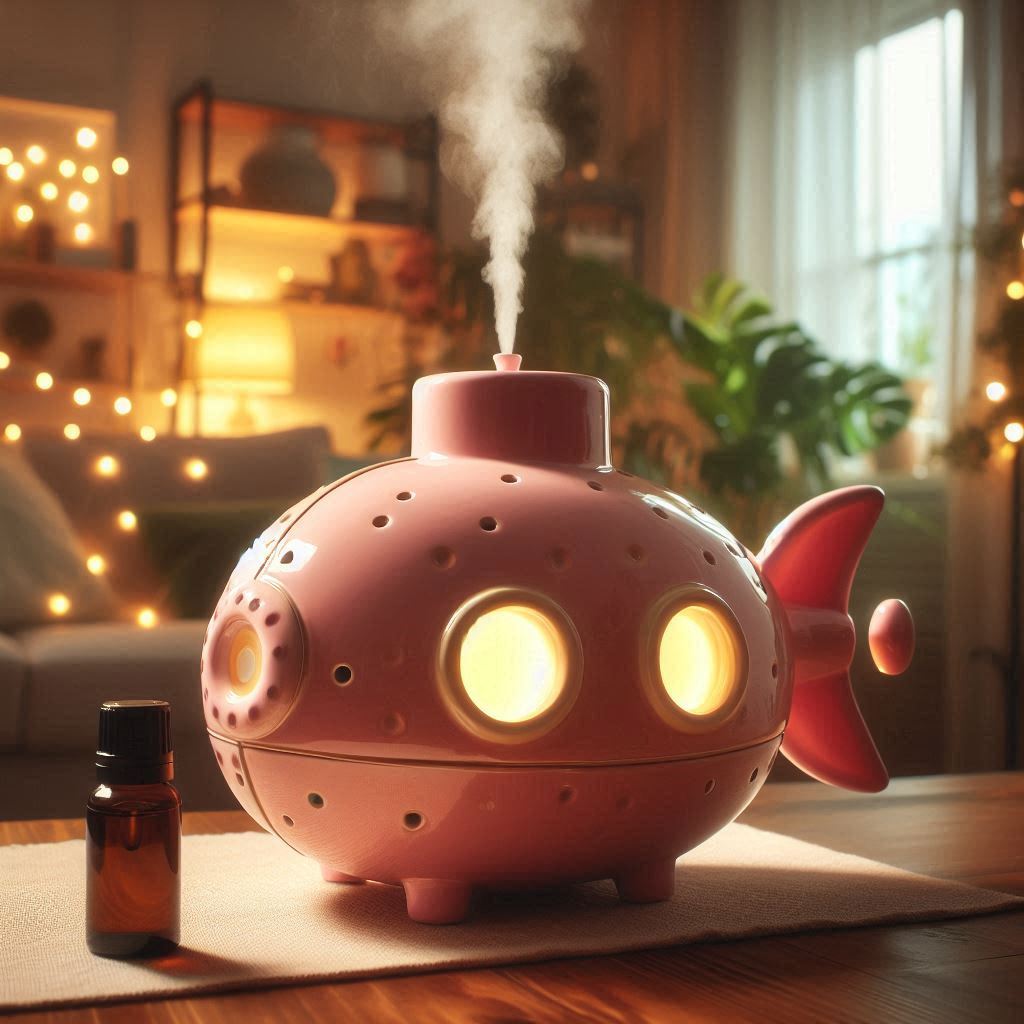
Additionally, interdisciplinary research involving environmental scientists, engineers, and ecologists can foster innovative solutions to complex aquatic challenges, ensuring that submarine diffusers remain an essential tool in sustainable water management.
Potential Market Growth
As awareness of the importance of healthy aquatic systems grows, the market for submarine diffusers is expected to expand. Industries such as aquaculture, wastewater treatment, and environmental restoration are increasingly recognizing the value these systems bring to their operations.
This anticipated growth is coupled with rising investments in research and development, further driving innovation and improving the capabilities of submarine diffusers. Companies positioned to adapt to these market trends will likely thrive in the evolving landscape of aquatic management.
Conclusion
Submarine diffusers are indispensable tools in modern aquatic management, serving critical functions that enhance water quality and support aquatic life. From wastewater treatment to aquaculture and environmental restoration, the applications of these systems are vast and varied.
Understanding the intricacies of submarine diffusers—from their types and working mechanisms to their design considerations and innovations—provides valuable insights into their role in sustaining healthy aquatic ecosystems. As we move forward, continued research and technological advancements will undoubtedly shape the future of submarine diffusers, ensuring their relevance and efficacy in addressing the pressing environmental challenges of our time.

